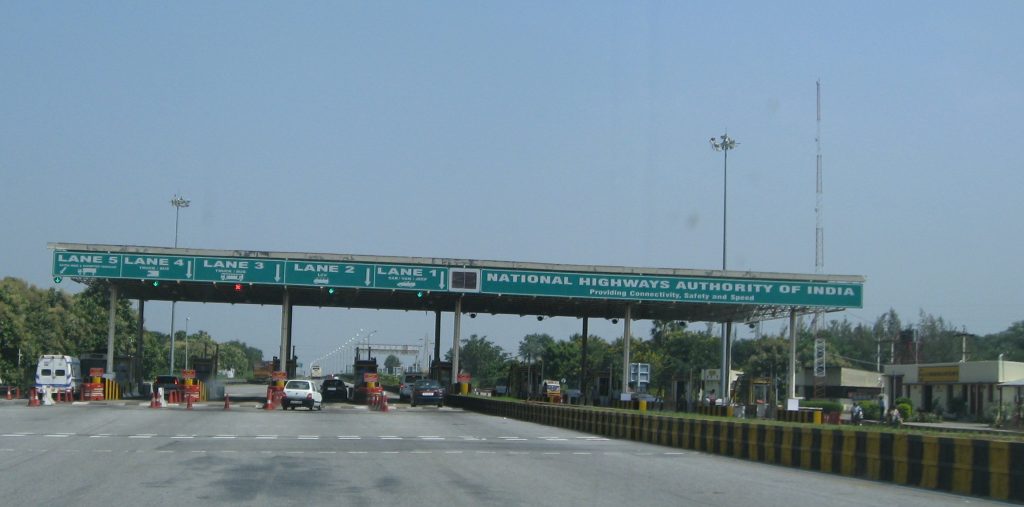

# Rise in Toll Tax Rates for Highways and Motorways: Reasons, Effects, and Community Reaction
Toll tax rates for highways and motorways are regularly adjusted by governments and road management entities to guarantee the upkeep and advancement of roadway infrastructure. Recently, numerous nations have experienced an uptick in toll tax rates, igniting discussions among travelers, transportation firms, and policymakers. This article examines the motivations for the toll tax increase, its effects on diverse stakeholders, and the public’s reaction to these alterations.
## **Motivations Behind the Increase in Toll Tax Rates**
Several elements contribute to the escalation of toll tax rates, including:
### **1. Inflation and Rising Maintenance Expenses**
The expenses associated with road upkeep, repairs, and improvements have surged due to inflation and the rising costs of construction materials like asphalt, cement, and steel. Governments and private roadway operators modify toll rates to accommodate these financial demands and maintain the viability of roadway infrastructure.
### **2. Infrastructure Development and Growth**
Governments frequently elevate toll taxes to fund new highway and motorway initiatives. Expanding road systems, building new bridges, and enhancing existing highways necessitate substantial investments, often financed through toll revenues.
### **3. Public-Private Partnerships (PPP) and Debt Repayments**
Numerous highways and motorways are constructed under Public-Private Partnership (PPP) frameworks, where private entities invest in road development and recuperate their expenses via toll collection. In certain situations, toll rates are heightened to fulfill contractual commitments and repay loans acquired for infrastructure enhancement.
### **4. Variations in Fuel Prices and Economic Conditions**
Economic fluctuations, increasing fuel costs, and currency devaluation can also result in higher toll tax rates. Governments may adjust tolls to offset budget shortfalls and guarantee ongoing investment in roadway infrastructure.
### **5. Digitalization and Intelligent Toll Systems**
The implementation of electronic toll collection (ETC) and smart tolling mechanisms necessitates investment in technology and infrastructure. Some authorities raise toll rates to address the costs associated with deploying and maintaining these sophisticated systems.
## **Consequences of Increased Toll Tax Rates**
The hike in toll tax rates influences various sectors and individuals in distinct ways:
### **1. Elevated Transportation Costs**
Rising toll taxes lead to higher transportation expenses for logistics firms, public transport providers, and individual vehicle owners. This can, in turn, result in increased prices for products and services.
### **2. Impact on Commuters and Regular Travelers**
Frequent travelers, particularly those commuting daily for work or business, bear the financial strain of augmented toll rates. This may cultivate dissatisfaction and calls for government action.
### **3. Influence on the Economy**
Higher toll rates can contribute to inflation as businesses transfer increased transportation costs to consumers. Additionally, sectors relying on road transport, such as agriculture and manufacturing, may face escalated operational expenses.
### **4. Detour to Alternative Routes**
To evade higher toll charges, some drivers might choose alternative routes, resulting in increased traffic congestion on local roads and highways. This can cause delays and additional wear on non-toll roads.
### **5. Environmental Considerations**
Rising toll rates may prompt individuals to utilize public transit or carpooling, thereby reducing traffic congestion and lowering carbon emissions. However, if alternative routes become congested, it might lead to escalated fuel use and pollution.
## **Community Reaction and Government Actions**
The hike in toll tax rates typically ignites public debate and resistance. Common reactions include:
### **1. Protests and Legal Actions**
In many countries, transport unions, business organizations, and the general populace protest against toll increases, calling for governmental action to reduce or halt toll rates. Occasionally, legal actions are taken to challenge the toll hikes.
### **2. Government Subsidies and Discounts**
To alleviate the strain on commuters, some governments introduce subsidies, discounts for frequent users, or exemptions for specific vehicle categories such as ambulances, school buses, and emergency services.
### **3. Demands for Transparency and Accountability**
Citizens frequently seek greater transparency in toll collection and spending. They demand assurances that the revenue generated from tolls is being effectively utilized for road upkeep and development.
### **4. Encouragement of Alternative Transport Modes**
Governments may promote the use of public transportation, carpooling, and railway systems to lessen reliance on highways and motorways, thus reducing the repercussions of toll hikes.
## **Conclusion**
The rise in toll tax rates for highways and motorways presents a multifaceted issue shaped by economic, infrastructural, and policy factors. While toll increases are essential for maintaining and expanding roadway networks, they also present financial challenges for commuters and businesses. Governments must find a balance between generating revenue and ensuring public affordability by implementing equitable toll policies, guaranteeing transparency, and seeking alternative funding routes for road infrastructure development.
As toll rates continue to escalate, it






